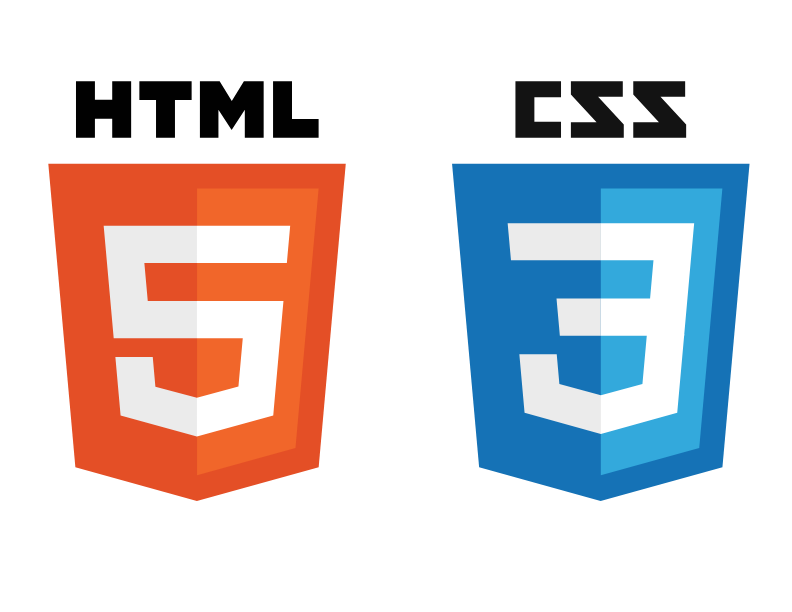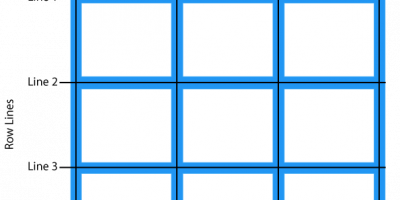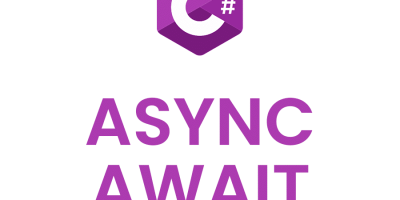CSS (Cascading Style Sheets) is a stylesheet language used to control the appearance of HTML elements on a webpage. It is an essential part of web design, allowing you to add colors, layouts, fonts, and more to make your website visually appealing. Here’s a beginner-friendly tutorial to help you get started with CSS.
What is CSS?
CSS is used to style the layout of web pages. It separates the content (HTML) from the presentation, enabling you to define the look of elements such as fonts, colors, spacing, and positioning.
How to Add CSS to Your HTML
There are three main ways to include CSS in your HTML document:
- Inline CSS: Applied directly within an HTML element using the
styleattribute.
<h1 style="color: blue;">This is a heading</h1>- Internal CSS: Written inside a
<style>tag within the<head>section of your HTML document.
<style>
h1 {
color: red;
}
</style>- External CSS: Stored in a separate file with a
.cssextension and linked using the<link>tag.
<link rel="stylesheet" href="styles.css">Basic CSS Syntax
CSS follows a simple syntax:
selector {
property: value;
}- Selector: Targets the HTML element you want to style (e.g.,
h1,p,div). - Property: The aspect of the element you want to change (e.g.,
color,font-size,margin). - Value: Specifies the settings for the property (e.g.,
blue,16px,20px).
CSS Example: Styling Text
Let’s say you want to change the color, size, and font of your text. Here’s how you can do it:
h1 {
color: blue;
font-size: 30px;
font-family: Arial, sans-serif;
}color: blue;makes the text blue.font-size: 30px;increases the font size to 30 pixels.font-family: Arial, sans-serif;applies Arial as the primary font, with sans-serif as a fallback.
CSS Box Model
The box model is a fundamental concept in CSS, which determines how elements are sized and spaced. It consists of:
- Content: The actual content inside the element.
- Padding: Space between the content and the border.
- Border: A line surrounding the padding.
- Margin: Space outside the border, separating the element from others.
Here’s how you can modify these properties:
div {
padding: 20px;
border: 2px solid black;
margin: 10px;
}- Padding adds space inside the border.
- Border defines the thickness and style of the element’s border.
- Margin creates space around the element.
CSS Colors
CSS allows you to set colors using various methods:
- Named Colors: Example:
red,blue,green. - Hexadecimal Colors: Example:
#ff0000for red. - RGB Colors: Example:
rgb(255, 0, 0)for red.
Here’s how you can apply different color formats:
body {
background-color: #f0f0f0;
}
h1 {
color: rgb(0, 128, 0); /* green */
}
p {
color: red;
}CSS Layouts
You can control the layout of your webpage using various techniques:
- Flexbox: A modern layout tool for creating flexible and responsive designs.
.container {
display: flex;
justify-content: space-around;
}- Grid: Another powerful layout system that allows for two-dimensional grid layouts.
.grid-container {
display: grid;
grid-template-columns: auto auto auto;
}- Positioning: You can position elements using properties like
relative,absolute,fixed, andsticky.
.element {
position: absolute;
top: 50px;
left: 100px;
}Responsive Web Design with Media Queries
Responsive design ensures that your website looks good on all devices (desktop, tablet, mobile). This is done using media queries.
@media (max-width: 600px) {
body {
background-color: lightblue;
}
}This code changes the background color when the screen width is 600 pixels or less, making the design responsive.
Example of a Simple Webpage with CSS
<!DOCTYPE html>
<html lang="en">
<head>
<meta charset="UTF-8">
<meta name="viewport" content="width=device-width, initial-scale=1.0">
<title>Simple Webpage</title>
<style>
body {
background-color: #f0f0f0;
font-family: Arial, sans-serif;
}
h1 {
color: navy;
text-align: center;
}
p {
font-size: 18px;
color: gray;
}
.container {
width: 80%;
margin: 0 auto;
}
</style>
</head>
<body>
<div class="container">
<h1>Welcome to My Website</h1>
<p>This is a simple webpage designed with CSS.</p>
</div>
</body>
</html>In this example:
- The background color is set for the whole page.
- The heading (
h1) is styled with a navy color and centered. - Paragraphs (
p) are given a font size and color.
Conclusion
CSS is a powerful tool that allows you to style and design your webpages effectively. With just a few lines of code, you can transform a plain HTML document into an attractive and user-friendly website. Start practicing with basic properties like colors, fonts, and layout to build your CSS skills.
For further learning, you can explore more advanced topics like animations, transitions, and responsive design as you gain confidence with the basics.




Leave a Reply